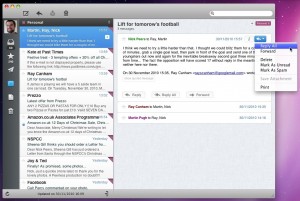
New Apple CEO Tim Cook made his mark yesterday, with the launch of iPhone 4S. This isn't Chairman Steve Jobs' baby but Cook's. While Jobs technically remained chief executive through August, he was on medical leave from January , with Cook responsible for day-to-day operations. The world expected iPhone 5, but Cook and company chose to give something less. From a purely logistical perspective -- and for maximizing margins -- iPhone 4S is sheer brilliance.
Competitively, however, Apple has bet iPhone's future on sameness and demonstrated corporate arrogance that create opportunity for other phone makers. For them, iPhone 4S is another kind of brilliance -- a shining light of opportunity. They may also see in Cook weakness, that the genius of logistics lacks the qualities that made Jobs a visionary leader and in process an uncharacteristic risk taker among CEOs.
"S in 4S Means 'Same'"
There's little risky about the new iPhone. In comments to one of my Google+ posts Rodrigo Moraes writes about the new name: "I've heard that the S in 4S means 'same'". There's truth to that. The phone's guts may be new, but the shell and screen are the same. The iPhone 4 and 4S are essentially indistinguishable, which is the whole point. Sameness is fundamental to the iPhone 4S strategy.
In March, when rumors surfaced that Apple wouldn't unveil a new handset in June as widely expected, I posted: "Apple shouldn't rush iPhone 5, and neither should you". I gave five reasons, but one matters more than the others: "The goose is laying golden eggs -- don't disturb it. If people so want iPhone 4, by all means let them buy it".
So Apple chose to let people buy iPhone 4 longer, by releasing it-looks-the-same 4S. During second calendar quarter, the company shipped more than 20 million iPhones, up 142 percent year over year. iPhone sales are momentous -- the envy of every company selling anything. From a purely logistical perspective, there's little sense rocking a fast-moving boat like iPhone 4. The 4S looks the same, but is better inside.
Taking My Advice
Meanwhile Cook has done what I said in May Apple should do -- in post: "Can Apple stop the Android Army's advances?" I opined that Apple should do "with iPhone 4 what it does today with iPhone 3GS on AT&T -- offer a cheap smartphone for people who want the device and user experience but can't pay $199 or $299...There is a huge market for cheap iPhones, provided Apple sells an older model...iPhone 5 shouldn't come to market alone. Apple should let iPhone 4 be the loss leader, allowing more people to buy into the platform rather than letting them go to Android...I would not price iPhone 4 at $49, however. Ninety-nine dollars makes more sense, because Apple hasn't tapped that price point in most countries and $49 really could cannibalize iPhone 5 sales".
Concurrent with iPhone 4S launch, Apple will begin offering $99 iPhone 4 and the older 3GS for free (it's $49 today); carrier contractual commitments apply, of course. The pricing cuts the Android mid-tier to the quick, with Apple only modestly cutting into its margins. For a product like iPhone, the big costs are up front, in things like research and development, setting up manufacturing and opening distribution channels and such. But costs diminish over time because of economies of scale and lower component pricing, among other factors. It costs Apple relatively little to offer lower pricing on older models.
Meanwhile, there is huge competitive advantage against Android, for which new activations are more than 550,000 a day. That's more in 40 days than number of iPhones shipped in second calendar quarter. Apple had to do something to punch up sales, and an older-phones-for-less approach hits the necessary lower price points.
But there's arrogance offering iPhone 3GS at all -- that the broader brand is so coveted, people will take whatever Apple reaches down from its pedestal and offers them. True, that forthcoming iOS 5 will give 3GS some currency, but the hardware lags behind newer handsets also available for free. Cook has bet much on the strength of iPhone as a brand.
I agree with Betanews reader chinch987, who comments: "Real-world consumers will walk into a store and buy a nice 'phone' and form factor -- not Android or iOS. As you saw all summer at Verizon many went in thinking iPhone (that is like calling a a paper copier a 'Xerox machine' back in the day) and left with 4.3-inch smartphone (that happened to be running Android -- the buyer typically doesn't know or care)".
iPod nano Lesson
The 4S approach is tactical rather than visionary. When in better health, Jobs took radical risks, often to thwart copy-cat competitors and show them up. The original iPod nano is classic example. Apple killed off iPod mini in September 2005 at the height of popularity and replaced it with the diminutive nano. Copy-cat mini's were just reaching store shelves for the holidays, and suddenly they looked like last year's model and simply gigantic alongside iPod nano. It was a huge marketing and logistical coup and showed exceptional brilliance.
Cook's early tenure is marked not by risk but sameness. Apple launched new iPods yesterday that look like the old ones. It's another safe, logistical bet, but with a difference: iPod owns the portable media player market. iPhone is fighting for dominance. The original mini and nano were risks that led to huge spikes in iPod sales. A radically inventive iPhone 5 could have done something similar for Apple smartphone sales. Instead, Cook chose sameness, leveraging logistical strengths, instead. Competitors can sigh in relief, because Apple didn't pull an iPod nano on the smartphone market.
The sameness approach makes sense of all these Apple patent infringement and other intellectual property claims. If Apple planned to radically change iPhone -- to truly leap ahead of competitors, what concern would there be about copying? The so-called copy-cats would imitate last year's model. But last year's model is suddenly iPhone 4S.
In September, I offered another reason for Apple's patent attacks against Samsung, which has emerged as iPhone's biggest competitor:
The IP attacks against Samsung make the South Korean electronics giant appear to be the bad guy -- a copycat of Apple's good work. But the lawsuits serve another purpose, generating news about Apple vs Samsung rather than Samsung the successful competitor vs Apple the suddenly indecisive. Seemingly every day, this misdirection keeps pageview-hungry blogs and news sites writing about the lawsuits rather than asking the big question: Why hasn't iPhone shipped yet?
The question is more pertinent, now that Apple has released iPhone 4S and not 5. Apple's recent rash of patent bullying in context of yesterday's iPhone 4S announcement will be to some competitors sign of weakness.
Last Year's Model
That's because iPhone 4S really is last year's model, or close enough to it. Two days before Apple's smartphone launch event, I bought Samsung Galaxy S II, feeling fully confident the new iPhone can't compete -- and it can't. What a strange irony -- that a company renown for bleeding edge hardware and design is selling not next year's model, but last year's.
Commenter meandmyhomies contends (and I agree): "Jacking up specs isn't innovation. If you call 8 or 24MP camera 'innovation' you are delusional. Adding dual-core is a no-brainer. Heck, how about quad-core? Maxing out screen size/res is not innovation".
Betanews reader Ronny Bolding has "iPhone running iOS 5 beta and Samsung Galaxy S2. I like them both a lot. My gripe is that the iPhone 4S announcement claimed to be innovating all these key points. The Galaxy S2 ha[d] them before they were even announced by Apple. I will admit the hardware quality feel of iPhones are exceptional. I do feel the iOS system is in need of major re-tooling. I don't like being told what I can and cannot install or modify on my device. Galaxy S2 wins for me".
Charles Humble in comments to one of my Google+ posts: "Certainly no new hardware was a disappointment given all the hype and the relative certainty it was happening. I'm on iPhone 4 now and won't upgrade. Why? Will try the new OS though. Also very tempted by the SII. Microsoft must be gleeful".
I'm seeing reactions like these all of the web. Why? Because competitors aren't trailing behind Apple. Many smartphones are as good as, and many offer better hardware (including larger displays) and features than, iPhone 4 or 4S. Big screens are in. chinch987 writes:
For the next year iPhone will have the lamest hardware of any system, including BlackBerry. Windows Phone has 3.5-inch, 3.8-inch, 4.0-inch, 4.3-inch and 4.7-inch [screens] with and without keyboards. Android has everything. For Xmas and after, iPhone has a 3.5-inch phone that looks like the one released 2-3 years ago -- and does the same stuff, not much more".
The market was ripe for Apple to pull an iPod nano trick.
Which brilliance will outshine the other -- Cook's choosing the sameness and safety of iPhone 4 or the light of opportunity competitors see in last year's model? Perhaps the market will answer in 6 months or even a year.







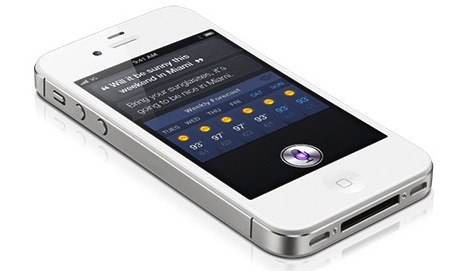
 The Nero range of disc burning tools has been updated, and there’s something for everyone in this comprehensive suite of utilities. The company’s flagship
The Nero range of disc burning tools has been updated, and there’s something for everyone in this comprehensive suite of utilities. The company’s flagship 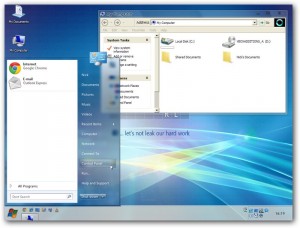 Even though the
Even though the  If you're tired of sluggish antivirus tools taking forever to scan your system, then you're not alone.
If you're tired of sluggish antivirus tools taking forever to scan your system, then you're not alone.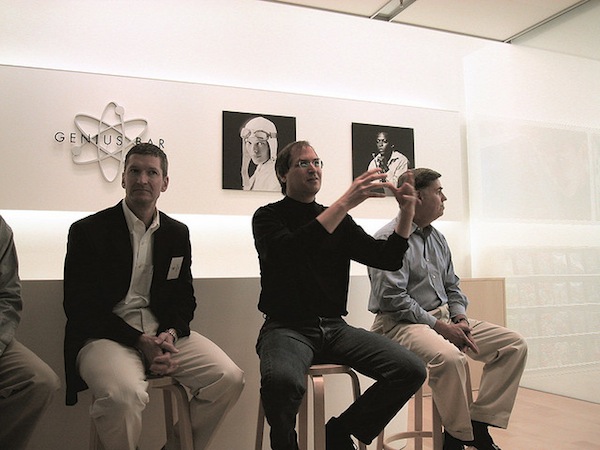

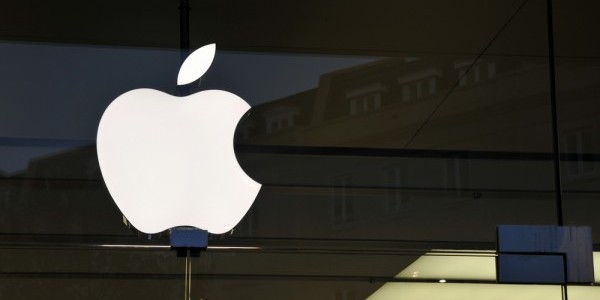
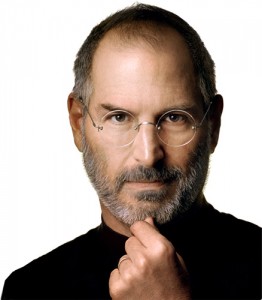 The tech world has lost one of its greatest visionaries: Apple has confirmed that Steve Jobs died on Wednesday due to complications from pancreatic cancer at the age of 56. Apple confirmed his passing on its website, although immediately did not give any further details.
The tech world has lost one of its greatest visionaries: Apple has confirmed that Steve Jobs died on Wednesday due to complications from pancreatic cancer at the age of 56. Apple confirmed his passing on its website, although immediately did not give any further details.